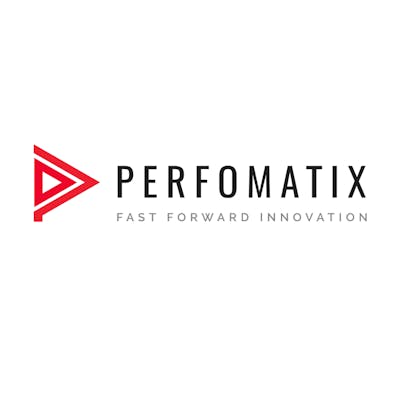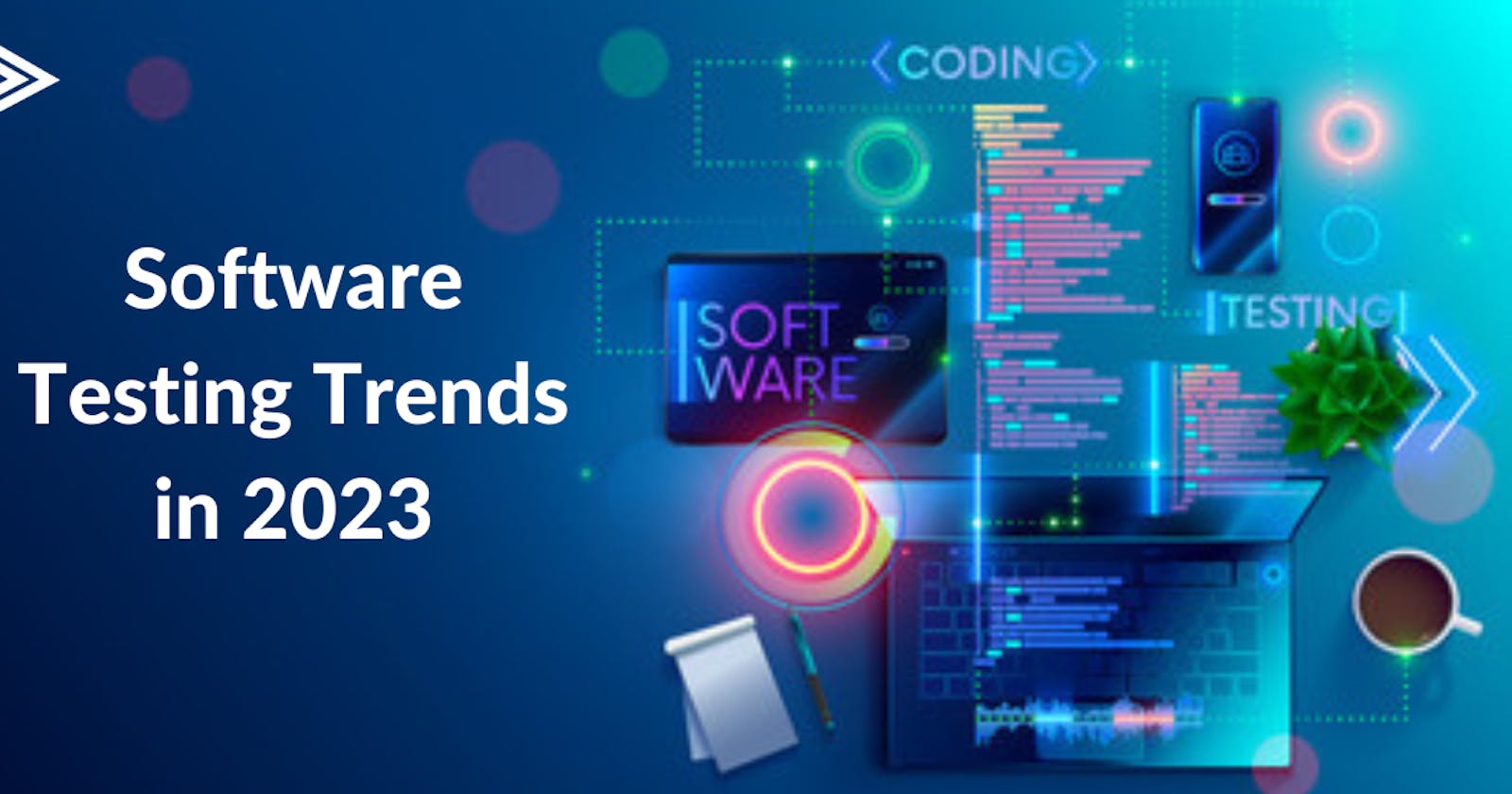The year brings new trends in software package testing. Several 2023’s software package testing trends put aside manual testing practices in favor of additional agile methodologies, scriptless check automation, and mobile app testing.
Now, let’s have a look at the current trends in software testing your testing team should familiarize itself with today.
QAOps
One of the growing trends in software package testing is QAOps – a mix of Quality Assurance and IT operations. QAOps utilizes a DevOps-based approach to realize a high-quality software testing approach.
In alternative words, QAOps takes the core ideas from continuous testing in DevOps, like CI/CD, and brings groups along to figure out the pipeline. QAOps framework integrates the QA processes, Automation, and QA news with the software package Development Lifecycle (SDLC) method. During this approach, the Operations team chiefly communicates and collaborates with the QA team to make sure the continual Delivery of merchandise. The main purpose here is to make sure of the standard of the appliance in terms of its performance, measurability, practicality, security, and value, among others.
Some advantages of QAOps include:
Provides constant learning, thus, increasing productivity and potency thereby, decreasing the client’s prices.
Provides a cooperative relationship between the QA, Dev, and Operations Team.
Helps fix the bugs quicker and releases the merchandise prior to expected resulting in providing a reliable product.
Better client expertise as it ensures higher quality and performance of the merchandise.
Scriptless Automation Testing
Scriptless Automation Testing provides a robust interface for developing automation suites while not writing any scripts. Thus, checkers and developers will alter test case exploitation tools doltishly regarding secret writing. These tools record the tester’s actions whereas navigating the package to get totally different tests needed for various options. Developers will use totally different testing tools equipped with distinctive options for UI testing, finish to finish testing, among others. supported check frameworks, the tools supply tons of flexibility and generate reusable check cases.
Some advantages of Scriptless Automation Testing include:
Significant reduction within the value of automation, hence, a good ROI.
Requires very little effort in putting in and obtaining started.
Offers a lot of flexibility for reusing check cases in several eventualities.
Helps in fast quality delivery.
Some samples of Scriptless Testing tools are Selenium IDE, TOSCA, etc.
Headless Browser Testing
As the name suggests, Headless means it is an online browser and not a program. To elaborate, Headless Browser is simply like all alternative browsers, with the sole distinction being that nothing is visible on the screen. Here, the program really runs within the background and you’ll be able to keep track of it with the assistance of a Console or command-line interface.
With headless browser testing, end-to-end tests are performed but not the browser loading the program of the application. Therefore, the tests move with the page directly, eliminating any possibilities of instability and creating everything to run quicker. Thus, testing not solely becomes a lot of reliable, faster, and a lot of economical. However, it becomes more practical.
Headless Browser testing creates more opportunities in the Shift left style testing. With all integration the Quality Assurance (QA) enables the future with Headless Browser testing with ease of use.
Some benefits of Headless Browser Testing include:
Improved speed and performance
Allows efficient testing in a browser-less setup
Helps in multi-tasking
Shift Left Testing
The Shift Left testing movement is regarding pushing testing toward the first stages of the software system Development Life Cycle. By testing early and infrequently, a company will build high-quality code, eliminate code-patching, facilitate proactive collaboration, and save time and cash. In follow, this suggests a lot of unit testing to catch issues once they introduce the square measure.
Some benefits of Shift-Left Testing include:
Lower Cost – When we found bugs as early as possible
Increased efficiency in SDLC
Improved product quality
Reduced time to market as the QA process doesn’t require as much time
Microservices Testing
Microservices testing is changing into a central part of the continual Integration / Continuous Delivery (CI/CD) pipeline. This testing trend could also be a consequent massive issue in terms of its reusability and adaptability.
Microservices design permits development groups to make a product as a set of tiny autonomous services shaped around a selected business domain. Once testing, groups will check every service and its practical items separately and monitor the continued performance. Microservices will be incorporated into DevOps surroundings and facilitate a decrease in the danger of falls in business applications.
Some benefits of Microservices Testing include:
Improved scalability and data security
Improved fault toleration
Simpler to deploy
Reusability across different business areas
Faster time to market
Artificial Intelligence and Machine Learning Testing
Artificial Intelligence and Machine Learning use prophetic models to spot the various options for checking and preparing specific test plans with no human support. Therefore, automation testing groups will leverage AI and mil to boost their testing ways.
Test suites are optimized by eliminating extra check cases and by ensuring optimum check coverage is finished by inspecting keywords. With AI and mil, an oversized quantity of knowledge is analyzed, check cases are reused, and elaborate check reports are generated. Although humans can’t predict client behavior, ML-enabled analytics will facilitate detection of unknown sections. The insights will then be wont to predict probable outcomes with the assistance of historical information.
Some benefits of AI/ML Testing include:
Improved accuracy and speed because of AI-based testing methodologies.
Quick test case creation
Faster time to market.
Blockchain Testing
Blockchain is one of the foremost sought-after technologies in the world because of the increase of ledger-based technology. Its use cases are mind-blowing – from securing monetary transactions to securely sharing enterprise information. The goal of blockchain testing is to see the protection and dependability of the shared ledger system that connects totally different blocks. These blocks will contain totally different software system applications with a particular node during a cluster. Aside from security, blockchain testing additionally covers the load capability and quantifiability of blockchain databases and ledgers. It follows associate degree agile development methodologies, except for testing, it follows the Shift left approach.
Some benefits of Blockchain Testing include:
It eliminates blights in a decentralized ledger.
It helps with validating all the different realities of the system.
It ensures that the developed blockchain ecosystem is performing as anticipated.
It helps associations make and use blockchain technology and the connected structure securely.
Camera Image Injection Testing
Camera Image Injection, conjointly referred to as camera mocking, allows you to check image capture and QR/Barcode scanning from a mobile device camera. It then permits you to check your mobile app’s camera-based practicality like check scanning, profile image capture, and QR / Barcode scanning, and deliver the most effective attainable user expertise.
Biometric Authentication Testing
Bio Authentication or identification is changing into the standard for several functions, as well as network logon, to produce a high-quality mobile application user expertise. It involves exploiting some parts of your physical makeup to demonstrate yourself. This might be a fingerprint, associate iris scan, a membrane scan, or another physical characteristic.
It also allows customers to e-sign into their apps or demonstrate their transactions by confirming their biometric information through authentication.
Additionally, it ought to be no surprise that biometric validation can become more and more necessary for mobile application testing.
In the future, there is a rise in situations that may involve not only one but 2 varieties of biometric validation. Hence, groups can get to check these biometric validations at scale, each manually and in automation, to attain a high level of CI/CD.
Conclusion
As technology evolves, Businesses must be apprehensive of the rearmost testing trends in 2023 that will impact the future of testing. To stay applicable in the software testing assistance , testers must understand these trends and incorporate these technologies in day-to-day testing conditioning. With these trends coming into play, businesses can anticipate an increased ROI from software testing conditioning. Therefore, leveraging these automation testing trends will help in testing more software, in more ways, and in less time.
“Need help? Perfomatix |Software Testing
We are Perfomatix, a top Software Testing company. We specialize in building highly scalable APIs and Mobile apps and we also have strong expertise in IoT apps, Virtual Reality apps, and Augmented Reality apps. Get in touch with us to find out how we can help in shaping your disruptive idea into a prototype, MVP and finally into a killer product.
Visit our success stories section to find out more about some of the startups which made it big with us.

